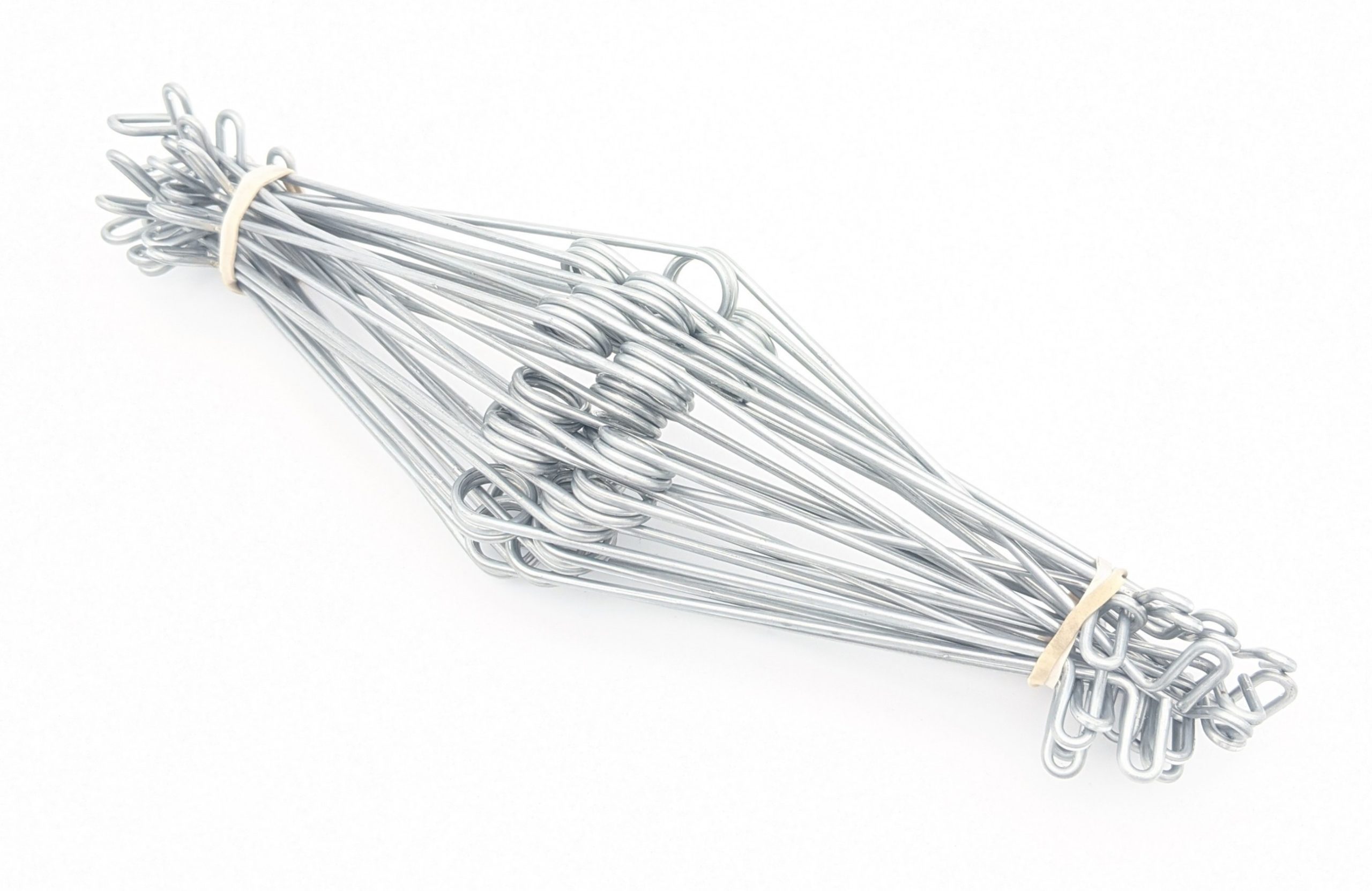Get unique, complex parts easily. No matter your requirements, Chaoyi Spring creates hard-to-produce coil springs and wire forms.
Let us help you create the custom wire form you need, from S-hooks and J-hooks to utility hooks and more.
We work closely with customers across a wide range of industries, helping them design and manufacture made-to-order parts.
Why choose Chaoyi Spring? We prioritize customer-focused collaboration, modern equipment and the latest technology to make your parts per print.
Find the information and guidance you need, from measuring a spring to learning about materials, placing an order and much more.
Compression springs are ubiquitous in mechanical systems, playing a crucial role in storing and releasing energy, absorbing shock, and providing resistance against forces. Understanding how to calculate the compression spring’s


Compression springs are ubiquitous in mechanical systems, playing a crucial role in storing and releasing energy, absorbing shock, and providing resistance against forces. Understanding how to calculate the compression spring’s characteristics, such as spring rate, deflection, and force, is essential for designing reliable and efficient mechanical systems. This article will delve into the intricacies of compression spring calculation, providing a comprehensive guide for engineers and hobbyists alike.

Before embarking on the journey of compression spring calculation, it's crucial to grasp the fundamental principles governing spring behavior. Compression springs, as the name suggests, are designed to resist compression forces, storing energy in the process. Their defining characteristic is the spring rate, which measures the force required to compress the spring by a certain distance. The higher the spring rate, the stiffer the spring, demanding greater force to compress it.
Another important parameter is the spring’s deflection, which represents the amount the spring compresses under a specific load. The relationship between force, deflection, and spring rate is defined by Hooke's Law: F = kx, where F is the applied force, k is the spring rate, and x is the deflection. This equation forms the basis for many compression spring calculations.
The accuracy of compression spring calculation hinges on considering several critical factors that influence the spring’s behavior. These factors include:
Armed with an understanding of the key factors, we can now delve into the formulas used for compression spring calculation. These formulas provide a framework for determining the spring’s characteristics based on its design parameters. Some common formulas used include:
k = (Gd^4)/(8D^3n)
Where:
x = F/k
Where:
F = kx
Where:
While the formulas provide a theoretical basis for compression spring calculation, real-world design involves additional practical considerations. These considerations encompass:
To simplify the complex calculations involved in compression spring design, various online tools and software programs are available. These tools allow users to input design parameters and receive calculated values for spring rate, deflection, force, and other relevant characteristics. Some popular tools include:
Comprehending compression spring calculation is a valuable asset for engineers and anyone involved in mechanical design. The formulas, practical considerations, and available tools provide a comprehensive framework for designing reliable and efficient compression springs. By understanding the principles and applying them diligently, you can confidently tackle the challenges of compression spring design, ensuring your mechanical systems function optimally.
Mastering compression spring calculation is a journey of continuous learning and refinement. The more you delve into the intricacies of these essential components, the better equipped you will be to design and utilize them effectively in your mechanical systems. Whether you’re a seasoned engineer or a curious hobbyist, the knowledge gained from this article will empower you to confidently navigate the world of compression spring design.
Browse some of the custom wire forms and springs that we manufacture. Don’t see what you need? We specialize in made-to-order products that meet your application requirements.
Visit Our GalleryNeed a custom wire form or coil spring? We make it work. Fill out the contact form and a representative will respond within 1 business day. If you have a PDF or CAD file, you can submit to request a quote.